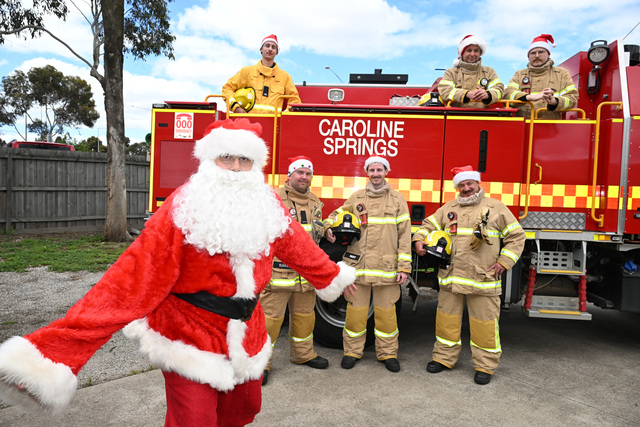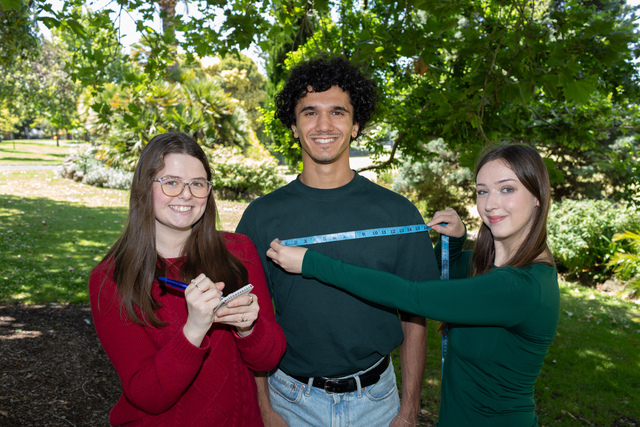By Ben Thomas
It’s often said the best wines are made in the vineyard rather than the winery. Just as you can’t make a great meal with average ingredients, good wine can’t be made with crappy grapes.
However, there’s one key element of winemaking – often overlooked in discussions about wine – that can elevate very good grapes to great wine: the creation of the final blend.
Part of the winemaker’s bag of tricks to get extra complexity into their wines is to split grapes from different vineyards into small parcels and treat them slightly differently in the winery.
Winemakers will also use different yeasts, which can affect flavour and texture, and mature them in a range of oak barrels.
Smaller or younger barrels impart more tannin and oak characteristics. Barrels made of French oak add cedar, spice and vanilla characters, while American oak adds coconut and vanilla flavours.
At the end of the process, all these different wines get blended to produce the final wine.
“Blending is different for every wine,” says Wynns Coonawarra winemaker Sarah Pidgeon.
“The most obvious blending people think of is if you’ve got more than one variety, you’ve got to sort out what’s going to taste good in terms of getting that varietal mix right; getting the flavours and structure right and balancing that.
“We blend with one variety as well – for wines such as our Black Label Cabernet Sauvignon. It’s the ultimate selection of great vineyards from up and down the Coonawarra strip, but we have to make a selection to blend those.” Pidgeon can blend grapes from up to 20 vineyards to produce that wine. The process can take up to two years.
“We look at the 20 vineyards – that’s a good year – and we look at every one of those parcels in barrel every month and that gives us a rough idea about how the wine is tracking and how much maturation it needs,” Pidgeon says.
“The time each wine spends in oak is very individual and varies from year to year and it also varies with the vineyard.
“You’re monitoring that throughout its maturation until you think they’re ready to come out – around 14 months at this point [for Coonawarra cabernet sauvignon] – and you start planning which wines come out first.”
Blending isn’t limited to wines made from multiple varietals, such as cabernet shiraz or cabernet merlot blends, or vineyards. Single vineyard wines are generally blends, too.
“Normally, for a single vineyard wine, it’s picked just once – some of our vineyards are really small and we can only do them in one pick. We’ve got one shot,” Pidgeon says.
“Larger vineyards will get picked three or four times and we’ll treat each picking differently in the winery. Even then, we’ll choose the batch that we like the best.
“But, of that batch, the wine has gone into different barrels – with different ages and made by a mix of coopers – and we need to get the blending of those right before bottling.”






